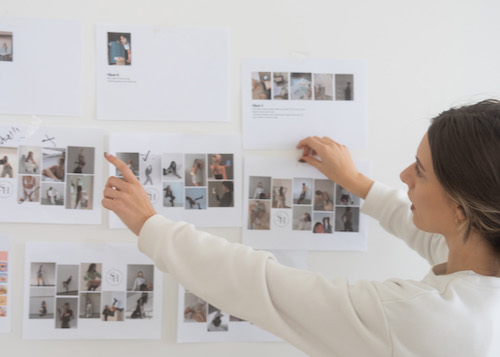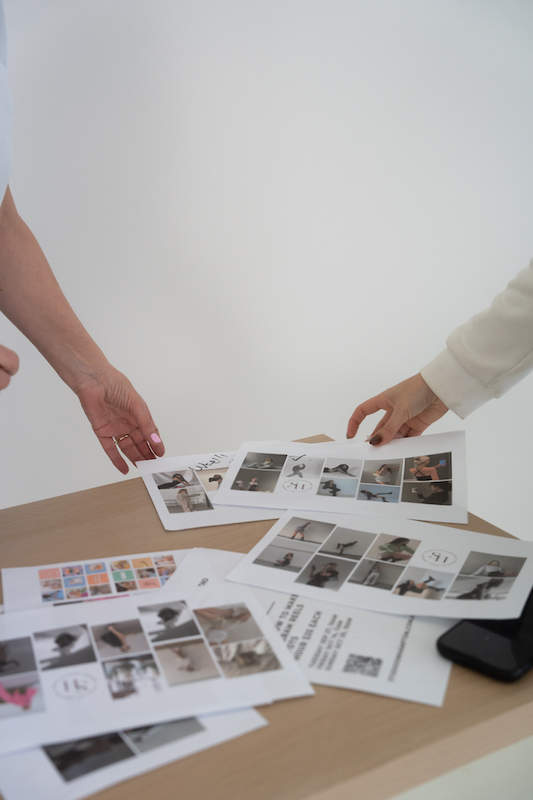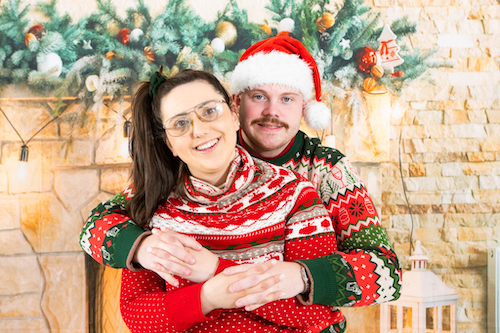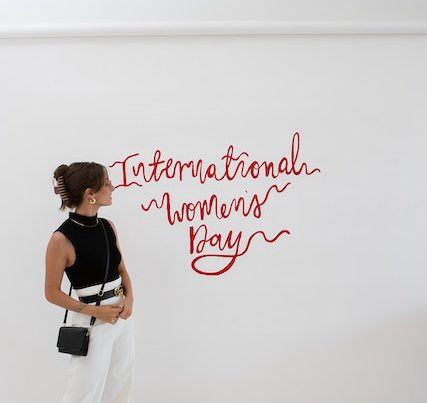We’re so glad you asked what a mood board is!
You might have been sent here for one of two reasons: either you’re new to planning a photoshoot and need some guidance on where to get started, or you’re wanting to know how to create and send a mood board.
A photography mood board is a visual guide, not just your photographer, but for you and your whole creative team. In saying that, mood board can be used for any creative project such as event planning, logo designing or even personal shopping – but this blog is based on creating the perfect photography mood board for your Studio on Hampton photoshoot.
In short, a mood board is a visual representation of the ideas, concepts, lighting, colours and emotions that you want to convey in your photoshoot. It’s a collage of images and colours that put together your creative vision. Below are four reasons why we would love for you to supply a mood board when you book with Studio on Hampton.
Four Reasons Why Photographers Love Mood Boards
1. Understand what you want first
Mood boards are the perfect way to get yourself started. From there, you can start to clarify your vision and avoid creative chaos to make the quoting process straightforward and also feel prepared for your photoshoot. The last thing you want is to feel unorganised and rushed, leaving your images with a inconsistent energy. After you’ve made your mood board, you can then confidently share with others involved in the photoshoot, ensuring everyone is on the same page.
2. Inspiration and creative flow
Creating your photography mood board will hopefully spark creativity and get you thinking about more marketing avenues. Hopefully this will get you feeling excited about where you can to take your brand.
3. Help the quoting process
Mood boards are a universal language. When you share your mood board with your team, especially us as the photographer, we can quickly grasp the look and feel you’re aiming for and confirm the best cost to make sure all your shots are covered. As a photographer, we will be able to understand the background, lighting and time just by seeing your mood board and understanding your brand.
4. Decision-making and time efficiency
A mood board simplifies your decision-making during the photoshoot. It will be a guide for poses or product styling on the day allowing more value for time. Mood boards save time, allowing you to get more out of your photoshoot. Once you’ve established your mood board, the whole booking process starts to come together more efficiently.
How to create a mood board and send a mood board
At Studio on Hampton, we love mood boards that are sent in one of two ways; a Pinterest board or a PDF. A Pinterest board is an interactive way to share your ideas. If you send a public link to a Pinterest board, we’re able to click into similar images during the photoshoot and use it as a ever ending guide which is great for pose ideas for brand shoots. A PDF is a bit more limited than Pinterest, but also a seamless way to send via email. To create a PDF, you can create a photo collage in Canva, then send it as a PDF on email.
What’s the difference between a shot list and mood board?
A shot list and a mood board are similar tools in most multimedia projects. While they share the same goal of creating a cohesive visional board, they serve different purposes.
A shot list is a detailed written document that outlines every shot. On the other hand, a mood board is a visual collage that captures the overall aesthetic, style, and mood of a project. It’s a source of inspiration that showcases colours, textures, and imagery. Essentially, a shot list tells you what you need to capture in detail, while a mood board tells you how you want it to feel and look. In many cases, these two tools are used together, with the mood board guiding the artistic direction and the shot list providing the checklist.






